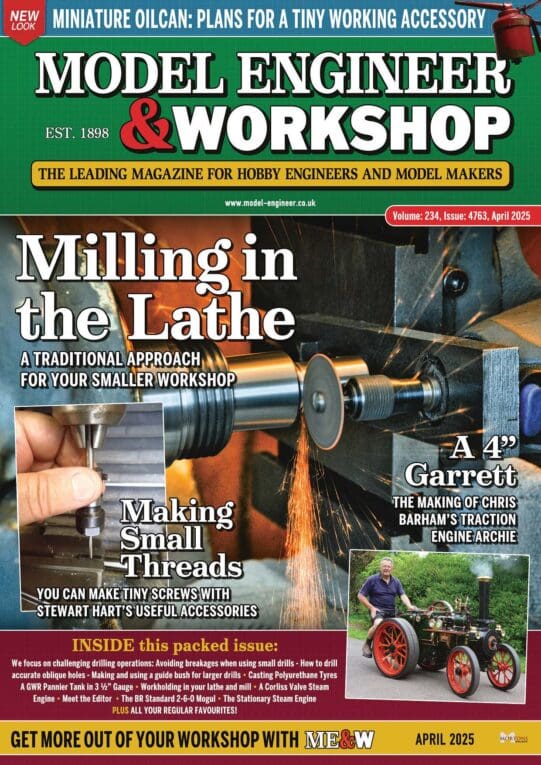Simon
Thanks for chiming in on this oil problem. Given that the JunAir is an oil free compressor, unless something is worn, there should be no intermixing between the air end and the crankcase / oil reservoir. If this is the case surely the oil should stay essentially dry save for any general moisture in the air that gets in via the breather system.
I know what you mean about emulsification. Way back Duckhams 25/50 was notorious for leaving sludgy deposits around oil filler caps and other cooler places of an engine. With motor oils the emulsification is reversed and any entrained water driven out via the breather system once the engine gets hot enough. The problem with using motor oils in cool running systems was always said to be that the oil never gets hot enough to release the entrained water so sludge got left everywhere. Seems to me that modern oils have got much better at releasing the water into the breathed air at lower temperatures. Certainly I have run compressors on home shop duties using good quality motor oils and not seen any emulsion or sludge issues. The Atlas Copco KE2 I had for years prior to going hydrovane seemed quite happy. No deposits onto dipstick and the oil came out quite clean at change intervals. Crankcase got hot enough during use that you didn't want to touch it for any length of time. Not burn hot but definitely "Ooo, thats really worm.".
Raphael
I don't pretend to understand oil viscosity classifications and comparison between the various units and ways of measuring it. Hard to think they could have made things more complex if they tried. Fundamentally its all about oil getting thinner as it gets hotter. Basically it needs too be thin enough when cold to get in where it needs to go and thick enough when hot so as not to escape through seals or past the piston rings.
The charts and write-ups I have suggest that 5W is pretty much equivalent to the 20 cSt (=ISO 20) quoted on the SD27 data sheet at 40°C. SAE 50 quoted as being 20 cSt at 100°C (actually measured at 99° so a 5W-50 synthetic will be pretty much constant viscosity over any reasonable compressor temperature range. SAE 30 is quoted as 11 cSt at 100°C and SAE 20 6 cST at 100°C so it does get rather thinner when really hot. Seems to be a 10 to 1 drop off between 40°C and 100°C.
so a 5W-50 synthetic will be pretty much constant viscosity over any reasonable compressor temperature range. SAE 30 is quoted as 11 cSt at 100°C and SAE 20 6 cST at 100°C so it does get rather thinner when really hot. Seems to be a 10 to 1 drop off between 40°C and 100°C.
As I recall it the case on our JunAir got up to around "really hot radiator" temperatures when running for 5 or 10 minutes in room temperature stabilised at 20°C ambient. Odds are SAE 20 would still be around 20 cSt at maximum running temperatures. I'd be very tempted to try a good quality 5W-20 fully synthetic oil and drain it out for a look see after a few hours running.
Clive
Edited By Clive Foster on 26/03/2019 21:15:12
Edited By Clive Foster on 26/03/2019 21:15:52
Brian Sweeting 2.


 so a 5W-50 synthetic will be pretty much constant viscosity over any reasonable compressor temperature range. SAE 30 is quoted as 11 cSt at 100°C and SAE 20 6 cST at 100°C so it does get rather thinner when really hot. Seems to be a 10 to 1 drop off between 40°C and 100°C.
so a 5W-50 synthetic will be pretty much constant viscosity over any reasonable compressor temperature range. SAE 30 is quoted as 11 cSt at 100°C and SAE 20 6 cST at 100°C so it does get rather thinner when really hot. Seems to be a 10 to 1 drop off between 40°C and 100°C.

